#hybrid vehicle
Explore tagged Tumblr posts
Text
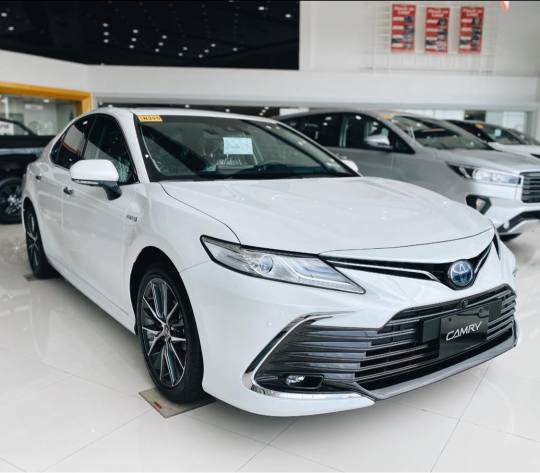
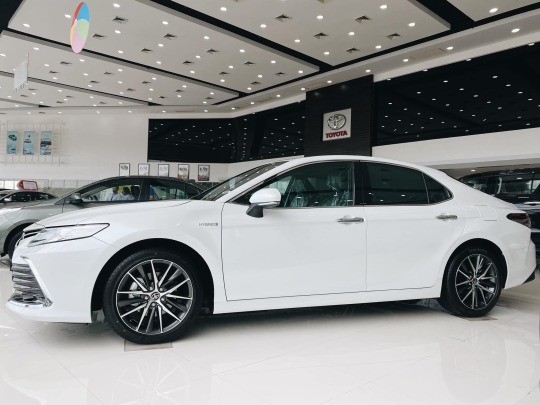
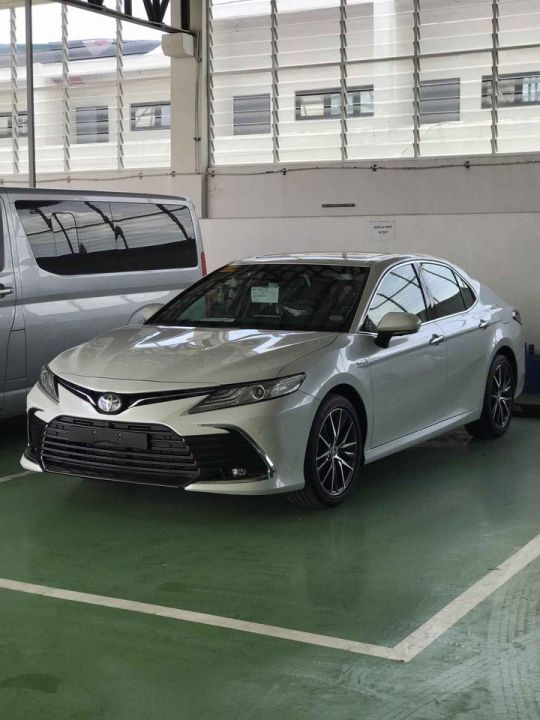


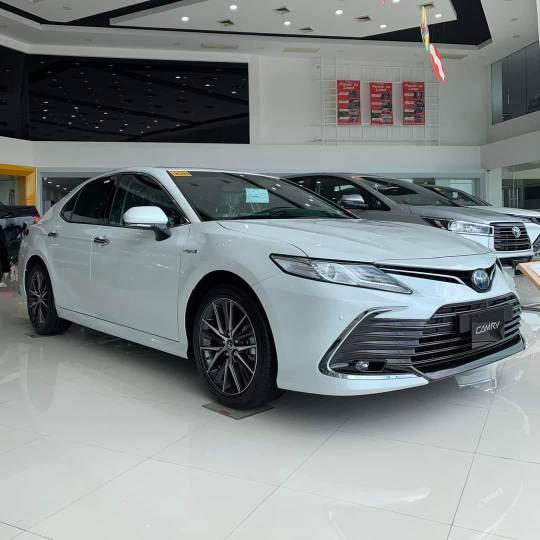

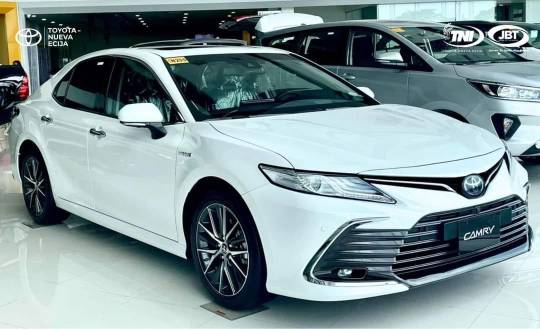

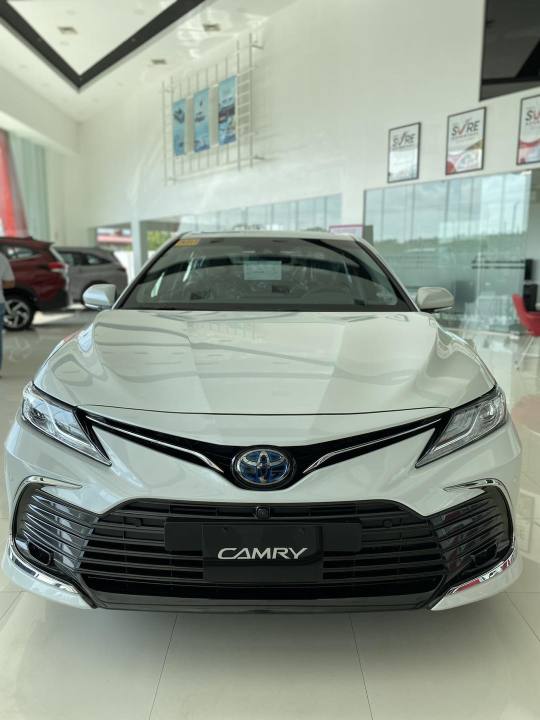
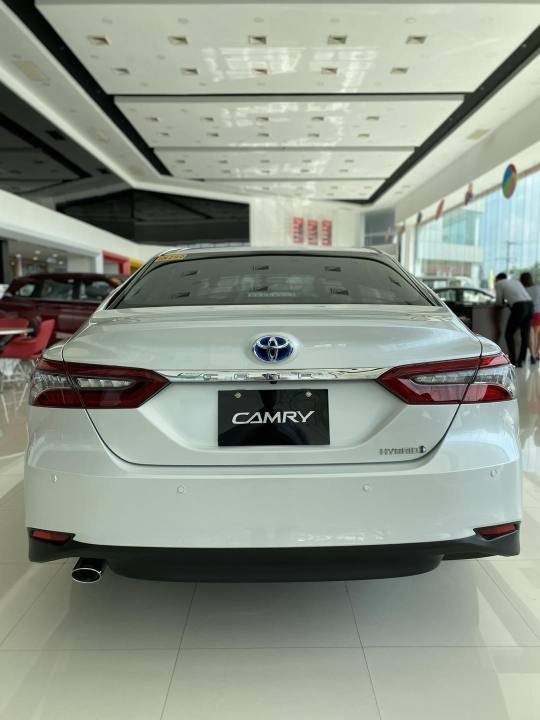
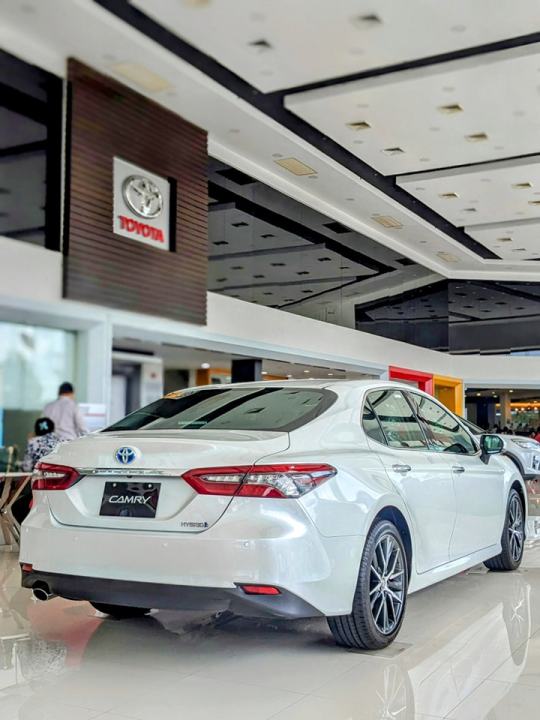
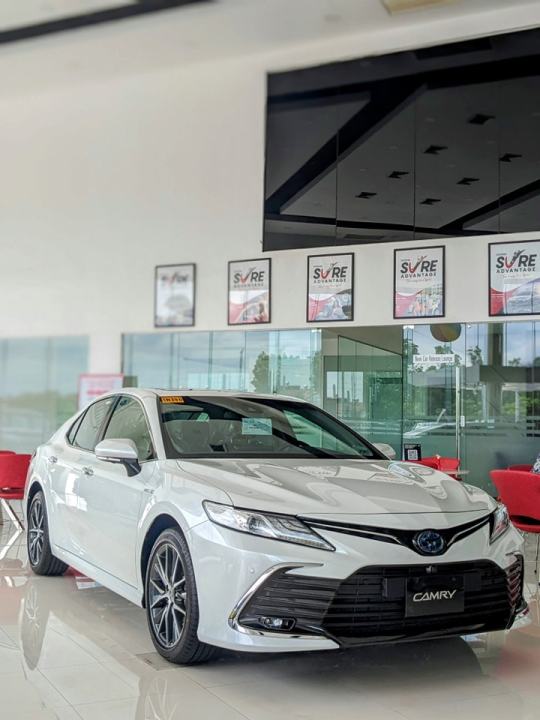
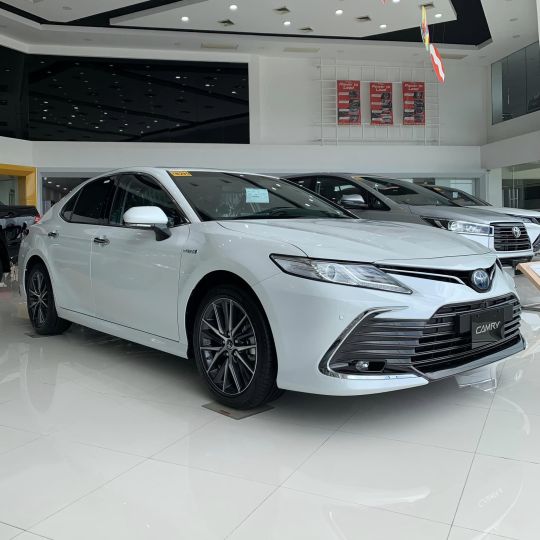
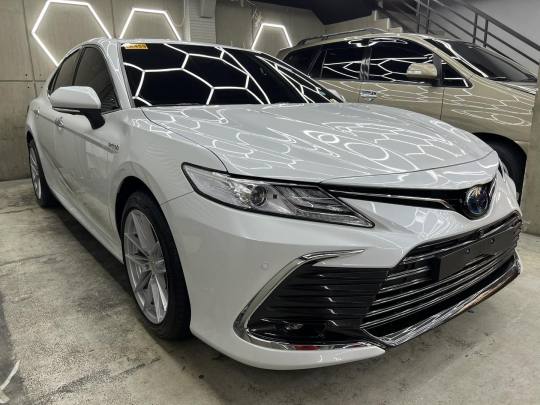
Toyota Camry 2.5 V HEV Hybrid 2023
#toyota camry#toyota camry hybrid#toyota#camry#hybrid#hybrid vehicle#toyota philippines#toyotaphilippines#cabanatuan#vehicle#philippines
6 notes
·
View notes
Photo

Mitsubishi D:X Concept: Designed As The Future Of Delica
Delica goes futuristic.
Follow us for more Tech Culture and Lifestyle Stuff.
2 notes
·
View notes
Text
0 notes
Text
How Far Can Electric Cars Go in 2024? Exploring EV Range

Electric vehicles (EVs) have come a long way since their inception, with significant advancements in battery technology and vehicle efficiency. As we move through 2024, one of the most critical factors for many potential EV buyers remains the range—how far a vehicle can travel on a single charge. Here’s a comprehensive look at the state of EV range in 2024 and what you can expect from the latest electric cars.
1. Advancements in Battery Technology
Overview: Battery technology has made substantial progress, leading to improved range and efficiency for electric vehicles. Key developments include advancements in lithium-ion batteries and the emergence of solid-state batteries.
Key Innovations:
Lithium-Ion Batteries: Continued improvements in energy density and efficiency are pushing the limits of current lithium-ion batteries, allowing for longer ranges.
Solid-State Batteries: Though still emerging, solid-state batteries promise even greater energy densities and faster charging times, potentially offering significant range increases.
Example: The 2024 Mercedes-Benz EQS is equipped with an advanced lithium-ion battery that provides an impressive range of up to 350 miles on a single charge.
2. Long-Range Electric Vehicles
Overview: Several new electric vehicles released in 2024 are boasting exceptional ranges, addressing one of the main concerns for potential buyers—range anxiety.
Top Models and Their Ranges:
Tesla Model S Long Range: Known for its exceptional range, the 2024 Model S Long Range can travel up to 405 miles on a single charge, setting the benchmark for long-distance EV travel.
Rivian R1T: The R1T offers an impressive range of up to 400 miles with its large battery pack, making it a strong contender for those needing a rugged vehicle with extensive range.
Ford Mustang Mach-E: The extended-range version of this popular electric SUV provides up to 312 miles of range, combining performance with practicality.
Example: The 2024 Lucid Air Dream Edition stands out with a remarkable range of up to 503 miles, highlighting the significant advancements in long-range EV technology.
3. Range vs. Charging Time
Overview: While extended range is crucial, the time it takes to recharge also plays a significant role in the overall convenience of owning an EV. Advances in fast-charging technology are helping to mitigate charging time concerns.
Key Innovations:
Ultra-Fast Charging: New ultra-fast chargers can add up to 200 miles of range in about 20 minutes, making long journeys more feasible.
Expanded Charging Networks: The expansion of high-speed charging networks is improving accessibility and reducing wait times for charging on long trips.
Example: The 2024 Porsche Taycan supports 270 kW fast charging, allowing it to gain around 60 miles of range in just five minutes of charging.
4. Real-World Range Considerations
Overview: While manufacturers provide estimated ranges based on ideal conditions, real-world range can be affected by various factors such as driving habits, weather conditions, and terrain.
Key Factors:
Driving Style: Aggressive driving and high speeds can reduce the effective range of an EV.
Weather Conditions: Extreme temperatures can affect battery performance, with cold weather potentially decreasing range.
Terrain: Hilly or mountainous terrain can impact range due to increased energy consumption.
Example: The 2024 Hyundai Ioniq 5 provides an estimated range of up to 303 miles, but real-world conditions, such as cold weather or driving on steep inclines, may reduce this figure.
5. The Future of EV Range
Overview: The future of electric vehicle range looks promising, with ongoing research and development focused on further improving battery technology and vehicle efficiency.
Key Trends:
Next-Generation Batteries: Innovations in battery technology, including solid-state and lithium-sulfur batteries, are expected to offer even greater ranges.
Enhanced Efficiency: Continued improvements in vehicle aerodynamics, weight reduction, and powertrain efficiency will contribute to longer ranges.
Example: The 2025 Audi Q4 e-tron is anticipated to feature next-generation battery technology, potentially extending the range beyond the current models.
Conclusion
As of 2024, electric vehicle range has reached impressive levels, with many models offering over 300 miles on a single charge. Advancements in battery technology, coupled with improvements in charging infrastructure, are making EVs more practical for everyday use and long-distance travel. While real-world conditions can affect the effective range, ongoing innovations are paving the way for even greater advancements in the future. For those considering an electric vehicle, the current range options provide a robust selection to meet various needs, from daily commuting to cross-country road trips.
0 notes
Text
#concepts#electricity#horizontal#lightning#outline#simplicity#cycling#sport#bicycle#illustration#social issues#design#environmental conservation#flat design#line art#logo#sign#symbol#vector#environment#icon symbol#cycle - vehicle#electric bicycle#electric vehicle#hybrid vehicle
0 notes
Text
What are the Latest Innovations in Hybrid Cars?
Is there any Innovations happening in Hybrid cars? Then What are they? #HybridCars #Technology #electricvehicles #Innovations #batterypack #SelfChargingHybrids #batteries
Hybrid cars or we say the latest Innovations in Hybrid Cars. What’s happening or anything is happening at all apart from the Geo-political conflicts? The innovations leading the cycle of disruptions and creations of new era of technology or new ecosystem of technology. Some innovations can merge with the existing era and some can’t, hence the old ecosystem dies out and the new ones pops for an…
0 notes
Text

Looking to make the switch to an electrified vehicle? Recently, Jeep has moved forward into the electric vehicle market and added some truly exceptional creations to their lineup. Visit our blog to
0 notes
Text

2009 Toyota Highlander Hybrid AWD. Where else are you going to find another 2009 with 60k miles... Here at your family owner and operated dealer Empire Motors. Come visit us at 1512 W Holt Blvd., Ontario Ca 91762. Call us at 909 460 5540 or visit us at www.empiremotors.org
#used cars#cheap used cars#used cars for sale#certifiedusedcars#used cars online#quality used cars#empiremotors#toyota#highlander#highlanderhybrid#used hybrid#hybrid vehicle#certified used cars#toyota dealer#toyota dealership#certifiedusedtoyota#nocredit#no credit needed#no credit check loans#badcreditloan#bad credit car loans#bad credit loans#bad credit#good credit
0 notes
Text
EVs hold a lot of promise. A fully electric car operates at 77 percent efficiency, whereas only 12 to 30 percent of the energy from gasoline actually goes toward moving the car, with the rest mostly wasted as heat. Though it’s only as clean as the grid that powers it, an EV charged up by a coal power plant still emits less carbon dioxide on balance than an internal combustion engine. And its lifetime climate impact is smaller, even accounting for manufacturing.
0 notes
Text
What is mean Cybersecurity??How its used for IT industries.
One of the biggest and economically high value compare to other industries is Information Technology industries. Mostly service Based IT industries running in India.IT industries used Cybersecurity for protection. What is mean by Cybersecurity?? Cybersecurity is the Practice of Protecting systems,networks and Programs from digital attacks. Main role of Cybersecurity Protecting an…

View On WordPress
#AI#AI application#Analysis#ANN#artificial intelligence#Cybersecurity#Design#Development#education#Genetic#genetic engineering#Genome editing#hybrid#hybrid vehicle#Information Technology#IT#machine learning#Product#research#science
0 notes
Text
The global hybrid vehicle market is expected to reach 8696 thousand units by 2030, growing at a CAGR of 8.12% from 2022 to 2030.

The global hybrid vehicle market is expected to reach 8696 thousand units by 2030, growing at a CAGR of 8.12% from 2022 to 2030.
The growth of the hybrid vehicle market is being driven by a number of factors, including:
Stricter emission regulations: Governments around the world are increasingly tightening emission regulations, which is driving demand for more fuel-efficient vehicles. Hybrid vehicles offer a significant improvement in fuel efficiency over traditional gasoline-powered vehicles, making them a compliance option for many automakers.
Rising demand for green vehicles: Consumers are increasingly concerned about the environment and are looking for ways to reduce their carbon footprint. Hybrid vehicles offer a way to do this without sacrificing performance or convenience.
Government incentives: Many governments offer tax breaks and other incentives for the purchase of hybrid vehicles, which makes them more affordable for consumers.
Advances in technology: The development of more advanced hybrid technologies is making hybrid vehicles more efficient and affordable. This is making them a more attractive option for consumers and businesses.
Get a free sample copy of the research report: https://www.vynzresearch.com/automotive-transportation/hybrid-vehicle-market/request-sample
The global hybrid vehicle market is segmented by component, electric powertrain type, propulsion, degree of hybridization, vehicle type, and region.
By component, the market is segmented into electric motor, battery, and transmission. The electric motor is the most critical component in a hybrid vehicle, as it is responsible for providing the power that drives the car. The battery stores the energy that is generated by the electric motor and provides power when the engine is not running. The transmission is responsible for transferring the power from the electric motor and the engine to the wheels.
By electric powertrain type, the market is segmented into parallel hybrid and series hybrid. Parallel hybrids have both an electric motor and an internal combustion engine (ICE). The electric motor and the ICE can work together to power the vehicle, or the electric motor can power the vehicle on its own. Series hybrids have an electric motor and an ICE, but the electric motor is only used to power the vehicle when the ICE is not running.
By propulsion, the market is segmented into hybrid electric vehicles (HEVs), plug-in hybrid electric vehicles (PHEVs), and natural gas vehicles (NGVs). HEVs are the most common type of hybrid vehicle. They use a small electric motor to supplement the ICE, which helps to improve fuel efficiency. PHEVs have a larger electric motor and a larger battery, which allows them to be driven on electricity for a limited distance. NGVs use natural gas instead of gasoline, which is a cleaner-burning fuel.
By degree of hybridization, the market is segmented into micro-hybrid, full hybrid, and mild hybrid. Micro-hybrids are the least sophisticated type of hybrid vehicle. They use a small electric motor to start the engine and to provide power during deceleration. Full hybrids use a larger electric motor and a larger battery, which allows them to operate in electric mode for a limited distance. Mild hybrids use a small electric motor to assist the ICE, which helps to improve fuel efficiency.
The market is segmented by vehicle type into passenger cars and commercial vehicles. Passenger cars account for the majority of the hybrid vehicle market. However, the commercial vehicle segment is expected to grow at a faster rate in the coming years.
By region, the market is segmented into North America, Europe, Asia Pacific, and Rest of the World. Asia Pacific is the largest market for hybrid vehicles, followed by Europe and North America. The growth of the hybrid vehicle market in the Asia Pacific is being driven by the increasing demand for green vehicles and the rising number of government incentives.
The global hybrid vehicle market is a dynamic and growing market. The factors driving the growth of the market are expected to continue in the coming years, which is likely to lead to further growth of the market.
Here are some of the key players in the global hybrid vehicle market:
Toyota
Hyundai
ZF
Ford
Honda
BorgWarner
Volvo
Delphi Technologies
Daimler
Allison Transmission
Continental
Schaeffler
Source: VynZ Research
#hybrid vehicle market#hybrid vehicle#hybrid vehicle market size#hybrid vehicle market share#hybrid vehicle marketanalysis#hybrid vehicle market growth#hybrid vehicle market value
0 notes
Text
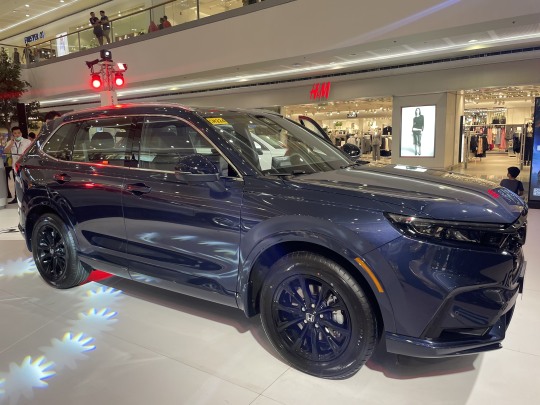


Honda CRV 2024
Honda CRV 2.0 RS HEV (Blue)
Honda CRV 1.5 V (White)
Honda CRV 1.5 VX AWD (Silver)
#hondaphilippines#honda crv#honda cr v#honda#crv#cr v#honda cars#honda cars philippines#hondacarsphilippines#hondacars#honda philippines#suv#hybrid#cabanatuan#philippines#hybrid vehicle#vehicle
2 notes
·
View notes
Photo

Xiaopeng HT Aero Land Air Carrier Concept Is An Adventure Vehicle That Packs A VTOL For Two
Very cool concept!
Follow us for more Tech Culture and Lifestyle Stuff.
#Aerospace#Concept Car#Concept Vehicle#Drone#Electric Aircraft#Electric Vehicle#Flying Car#HT Aero#Hybrid Vehicle#Personal Air Transport#VTOL#Xiaopeng Motors#Xpeng
4 notes
·
View notes
Text
Hybrid Cars

The Explanation of Hybrid Vehicles: Combining Efficiency and Sustainability
Toyota Hybrid vehicles have gained significant attention in recent years as a viable solution to address environmental concerns and reduce dependence on fossil fuels. These innovative vehicles combine the use of an internal combustion engine and an electric motor, resulting in improved fuel efficiency and reduced emissions. In this article, we will delve into the explanation of hybrid vehicles and their key components.
At the heart of a hybrid vehicle is the hybrid powertrain, which consists of an internal combustion engine and an electric motor. The internal combustion engine, typically fueled by gasoline, provides power to propel the vehicle and recharge the hybrid battery. On the other hand, the electric motor utilizes electricity from the hybrid battery to assist the engine during acceleration and low-speed driving. It can also operate independently in certain situations, allowing the vehicle to run solely on electric power for a limited distance.
The hybrid battery plays a crucial role in the operation of a hybrid vehicle. It stores and releases electrical energy to power the electric motor and other auxiliary systems in the vehicle. The battery is recharged through regenerative braking, where the electric motor acts as a generator, converting kinetic energy during deceleration into electrical energy to replenish the battery. Additionally, the battery can be charged through external sources, such as plug-in hybrid vehicles that can be charged using a standard electrical outlet.
One of the main advantages of hybrid vehicles is their improved fuel efficiency. By combining the power of the internal combustion engine and the electric motor, hybrids can achieve better mileage compared to conventional gasoline-powered vehicles. The electric motor assists the engine during acceleration, reducing the workload on the engine and minimizing fuel consumption. Moreover, when the vehicle is stationary or operating at low speeds, it can rely solely on electric power, resulting in zero tailpipe emissions and further fuel savings.
Hybrid vehicles also offer environmental benefits by reducing greenhouse gas emissions. The integration of electric power allows for lower emissions during operation, as the electric motor produces fewer emissions compared to a conventional engine. This makes hybrid vehicles a greener and more sustainable option, contributing to cleaner air quality and a reduced carbon footprint.
In recent years, advancements in hybrid technology have led to the development of various hybrid vehicle types, including hybrid electric vehicles (HEVs), plug-in hybrid electric vehicles (PHEVs), and full hybrid electric vehicles (FHEVs). Each type offers different levels of electric range and charging capabilities to suit different driving needs and preferences.
In conclusion, hybrid vehicles represent a significant advancement in automotive technology, combining the benefits of internal combustion engines and electric motors. With their improved fuel efficiency, reduced emissions, and sustainability, hybrids have become an attractive option for eco-conscious drivers. As technology continues to evolve, hybrid vehicles are expected to play a vital role in the transition towards a more sustainable and energy-efficient transportation system.
0 notes
Text

GC-MC20 high voltage power connectors are IP67-rated waterproof circular connectors with 20A current.
It is designed for use on the connectivity of PTC, A/C, Electric defroster, and EPS of electric vehicles and hybrid ones.
https://www.guchen-connector.com/products/ev-connectors/20a-high-voltage-metal-connector.html
0 notes
Text

In February's Patreon suggestion box, Pom Puma Dragon suggested, "Tem and Pom on a roadtrip in a convertible. Tem drives and Pom sits back and enjoys the ride." This was the result. :3
#Pom Puma Dragon#PomPumaDragon#anthro#anthropomorphic#furry#puma#dragon#hybrid#Tem#otter#digital art#Patreon#suggestion box#request#convertible#car#vehicle#perspective#smiling#happy#sunglasses#sunset#pink#blue#driving
319 notes
·
View notes